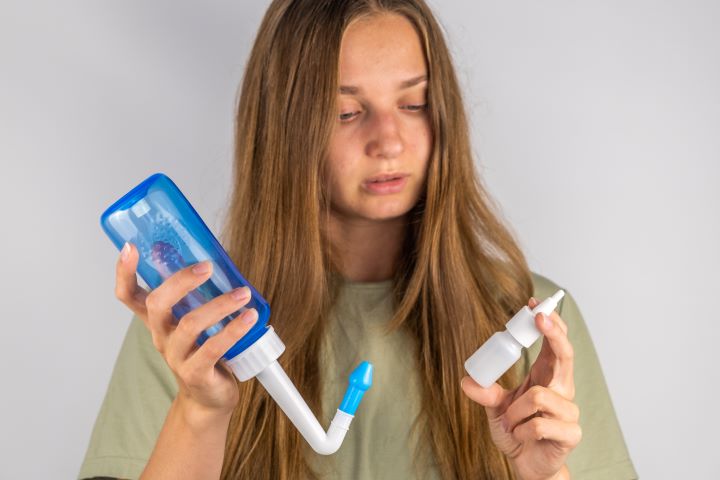Selecting sustainable oral-care products: packaging and ingredient tips
Choosing sustainable oral-care products involves more than a label; consider packaging materials, ingredient transparency, and the product’s effect on enamel, sensitivity, and overall gum health. This short guide highlights practical ingredient and packaging tips to help you make informed decisions for daily brushing routines.

Selecting oral-care products with sustainability and dental health in mind means balancing environmental impact with ingredients that protect enamel and manage sensitivity. A sustainable choice should reduce single-use plastic, use recyclable or refillable packaging, and avoid ingredients that compromise gumcare or increase abrasivity unnecessarily. This article outlines how to read labels for fluoride, whitening agents, abrasivity levels, and natural claims while keeping cavity prevention and breath control in view.
Brushing, enamel and oralcare
When choosing a product, prioritize ingredients and formulations that support enamel and effective brushing. Fluoride is widely recommended for cavity prevention and strengthening enamel; look for options that list a fluoride source clearly on the ingredient panel. For people with enamel wear or sensitivity, lower-abrasivity formulas and desensitizing agents like potassium nitrate can help. Consider how packaging supports regular brushing habits—easy-to-dispense tubes or measured-dose formats can reduce waste and overuse.
Fluoride’s role in cavity prevention
Fluoride remains a key ingredient for reducing cavity risk and reinforcing enamel mineralization when used in appropriate concentrations. If you prefer a natural or fluoride-free product, compensate with diligent brushing, flossing, and regular dental checkups; fluoride-free choices may offer other protective minerals but are not universally equivalent. Always check concentration if you have specific dental concerns, and consult a dentist for recommendations tailored to age and oral health history.
Whitening, abrasivity and sensitivity
Whitening claims often rely on abrasive particles or chemical agents to remove surface stains. Abrasivity is measured as RDA (relative dentin abrasivity); lower-RDA products are gentler on enamel and better for sensitivity, while higher-RDA pastes may produce faster stain removal at the cost of wear. If you have sensitivity, avoid high-abrasivity whitening options and choose formulas labeled for sensitive teeth or containing remineralizing agents to balance whitening with enamel protection.
Plaque control, gumcare and breath
Effective plaque control is central to gumcare and fresher breath. Ingredients like antimicrobial agents and mild detergents help reduce plaque buildup, but sustainable formulations may use plant-derived extracts or lower concentrations of synthetic antimicrobials. For breath, look for formulations with trusted flavoring agents or enzymes that target volatile compounds. When assessing sustainability, consider concentrated formats, refill systems, or powdered/solid forms that lower packaging and shipping footprints.
Natural ingredients and sustainability
Natural labeling can be useful but is not regulated uniformly; check ingredient lists for specifics rather than relying on front-of-pack claims. Ingredients to look for include fluoride (for cavity prevention), xylitol (can support cavity reduction), and mild abrasives like hydrated silica in controlled amounts. Avoid unnecessary microplastics, triclosan, or unclear “proprietary blends.” For packaging, prefer recyclable tubes, glass jars, compostable boxes, or brands offering refill pouches to reduce single-use plastic. Certifications and ingredient transparency pages on company websites can help verify sustainability claims.
| Product/Service Name | Provider | Key Features | Cost Estimation |
|---|---|---|---|
| Fluoride Gel Paste | Tom’s of Maine | Widely available, fluoride options, recyclable packaging variants | $3–$6 per tube |
| Natural Mint Toothpaste | Davids | Premium natural ingredients, recyclable metal tube, enamel-safe abrasivity | $6–$10 per tube |
| Toothpaste Bits (solid) | Bite | Zero-plastic shipping, concentrated tabs, refill packs available | $7–$12 per starter pack |
| Natural Toothpaste Jars | Georganics | Glass jars, natural flavors, biodegradable boxes | $8–$14 per jar |
| Sensitive Whitening Gel | Hello | Fluoride options, targeted for sensitivity, recyclable tube | $3–$7 per tube |
Prices, rates, or cost estimates mentioned in this article are based on the latest available information but may change over time. Independent research is advised before making financial decisions.
This article is for informational purposes only and should not be considered medical advice. Please consult a qualified healthcare professional for personalized guidance and treatment.
Conclusion
Selecting sustainable oral-care products involves assessing both packaging and ingredients for environmental and dental health impact. Focus on verified fluoride content for cavity prevention, moderate abrasivity for enamel safety and sensitivity, and transparent ingredient lists to avoid undesirable additives. Packaging choices like recyclable tubes, refill systems, or concentrated formats can reduce waste without sacrificing efficacy. Balancing evidence-based oralcare priorities with realistic sustainability options will support long-term gumcare and breath control while minimizing environmental footprint.





